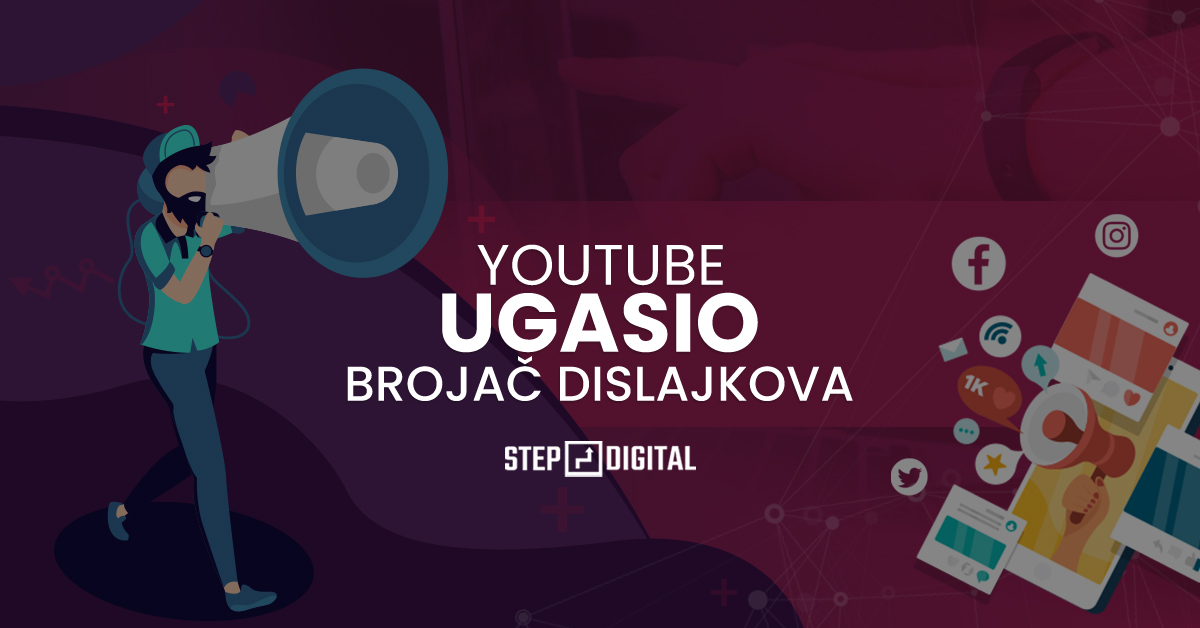Today, YouTube announced its decision to end the “dislike” option on videos. YouTube believes the change will better protect its creators from harassment. It is already known to the YouTube company that there are groups of people who intend to dislike a video in order to create “hate” against a certain creator.
The company says that while the “dislike” count won’t be visible to the public, it’s not just removing the “dislike” button. Users can still click a button on videos to privately signal to creators that they don’t like them. In the meantime, creators will be able to track their dislikes in YouTube Studio along with other analytics about their video’s performance if they want.
The change follows an experiment YouTube conducted earlier this year to see if these types of changes would reduce hate speech and harassment of creators.
At the time, YouTube explained that the number of public dislikes can affect creators’ well-being. While this is true, dislikes can also serve as a signal to others when videos are clickbait, spam, or misleading, which can be useful.
YouTube said it has also heard from smaller creators and others new to the platform that they feel they are being unfairly targeted by dislike attacks. The experiment confirmed this to be true – creators with smaller channels were targeted by more dislike attacks than larger creators.
However, YouTube declined to share specific details or data collected through those experiments. However, it is said to have conducted its tests over “several months” and conducted an “in-depth impact analysis” of how the changes affected both users and creators.
The company experimented with different designs to remove the number of dislikes, including one where the word “Dislike” appeared below the thumbs-down button instead of the number of dislikes. This is the design the company has settled on now, a less disruptive change to the row of engagement buttons below the video.

The company wouldn’t be the first major platform to experiment with the idea of reducing the public visibility of signals that convey user sentiment. For similar mental health reasons, Instagram began testing a few years ago to hide its number of likes globally. They believe that focusing on getting likes could be detrimental to the community and make creators less comfortable expressing themselves on the platform. However, in the end, neither Facebook nor Instagram could fully commit to the decision and instead put the power to hide likes back under user control – a move that effectively kept the status quo intact.
YouTube’s changes to the number of dislikes come at a time when the public has been thinking about big technology and its impact on mental health, especially when it comes to minors. Companies are reviewing how their systems are designed to target and influence their user base, and what changes they can make ahead of upcoming regulations. In a large number of markets, legislators are pulling in tech executives to hearings – YouTube included – and craft laws aimed at reigning in some of tech’s more problematic elements. Mental health is just one area of regulatory interest, but, along with ad targeting, privacy, algorithmic amplification of misinformation and more.
In the case of YouTube, the company has attempted to make some of the necessary changes by implementing increased protections and privacy features for users aged 13 to 17, while reducing the monetization potential for “unhealthy” content for children. But the larger market shift is also forcing companies to consider other areas of their platforms that are potentially toxic to broad groups of people.


